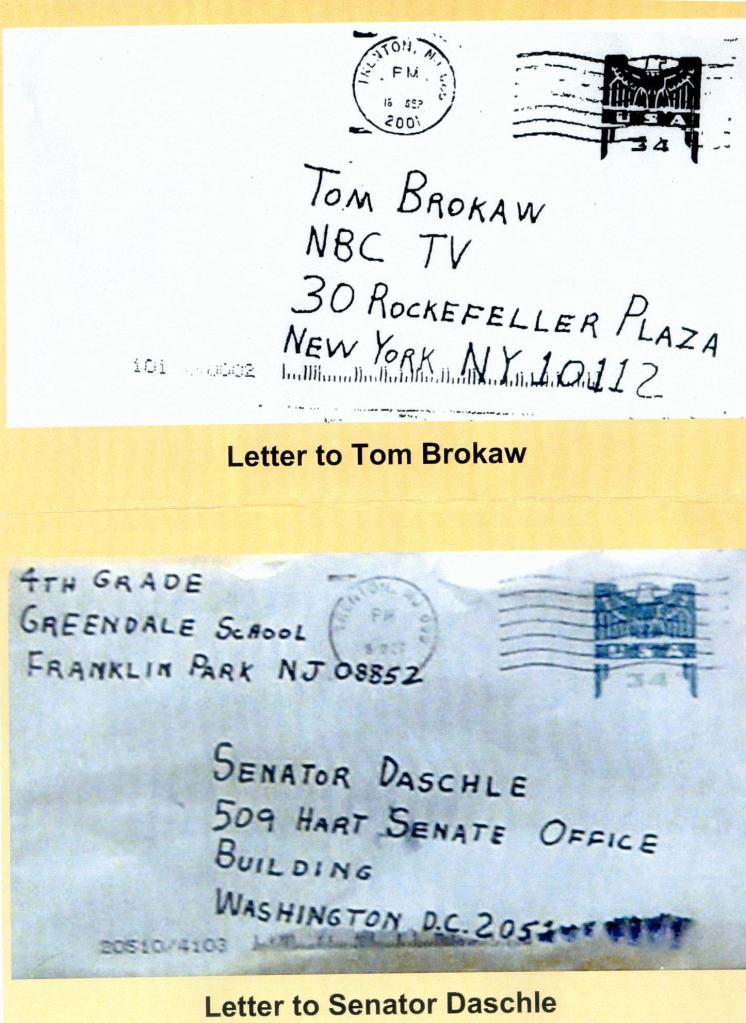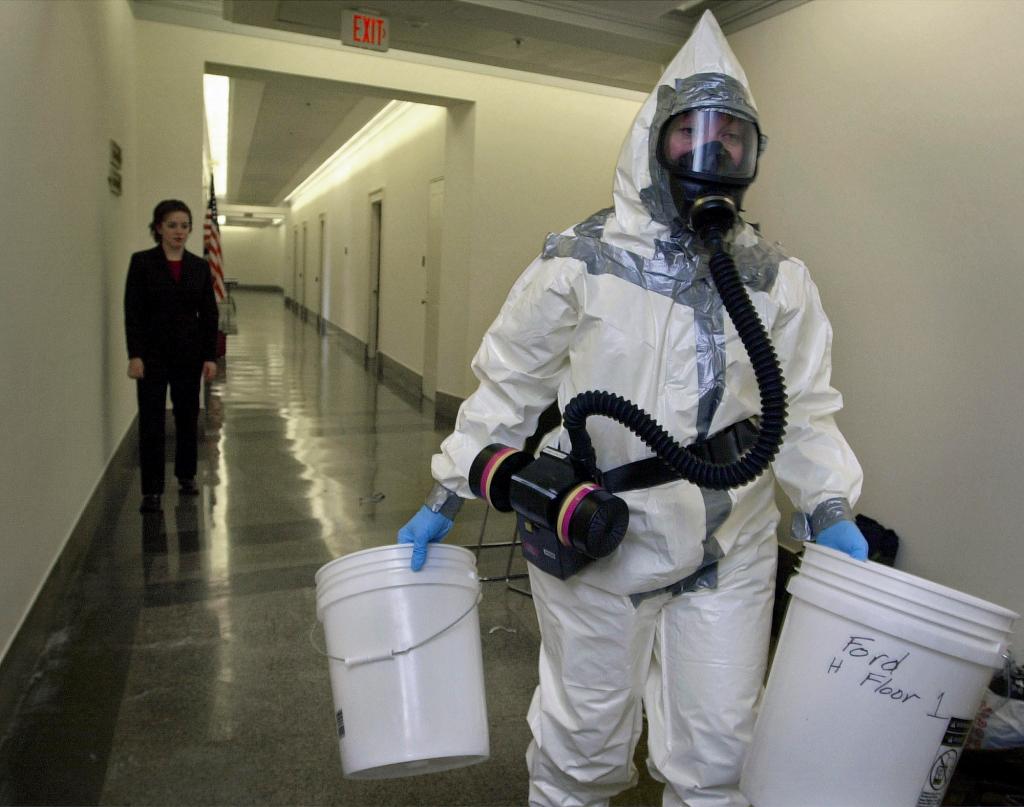WASHINGTON — The Justice Department officially ended its eight-year investigation of the 2001 anthrax attacks Friday with the release of hundreds of pages of documents that starkly portray the mental unraveling of the deceased Army scientist accused of committing the worst act of bioterrorism in the U.S.
The records offer substantial support for the FBI’s contention that biologist Bruce Ivins single-handedly prepared and mailed deadly anthrax spores that killed five people and terrorized a nation still reeling from the Sept. 11, 2001, attacks on New York and Washington.
Drawing from the suspect’s e-mails and recorded conversations, the FBI documents show an increasingly agitated Ivins seeking to implicate colleagues while misleading investigators about his ability to make the deadly powder used in the attacks.
In a new disclosure, Justice officials released a transcript of a secretly taped conversation in which Ivins suggests that he might have committed acts that he could no longer recall.
”I, in my right mind, wouldn’t do it,” Ivins is quoted as saying of the anthrax attacks in June 2008, weeks before his death. But he added, ”It worries me when I wake up in the morning and I’ve got all my clothes and my shoes on, and my car keys are right beside there.”
The transcript was among hundreds of evidentiary findings and exhibits that Justice officials say add up to an overwhelming case against Ivins, despite the lack of a confession, eye-witnesses or a single fingerprint linking the scientist to the crime.
A 96-page summary of the investigation concludes that Ivins hatched the anthrax-by-mail scheme in hopes of creating a scare that would rescue what he considered his greatest achievement, an anthrax vaccine program that he had helped create but that by 2001 was in danger of failing. Investigators reiterated their conviction that the anthrax bacteria used in the attack originated in his lab and that Ivins was one of a few scientists with both access to the spores and the skills needed to create the deadly powder sent to news media and U.S. Senate offices in September and October of 2001.
The validity of the FBI’s case will never be tested in court. Ivins, a biologist at the Army’s Fort Detrick biodefense lab in Frederick, Md., committed suicide in 2008 as government lawyers were preparing to charge him. And even as Justice officials filed legal papers officially ending their investigation, prominent critics said they were still not satisfied that the true killer had been found.
”Arbitrarily closing the case on a Friday afternoon should not mean the end of this investigation,” said Rep. Rush Holt, D-N.J., whose district contained the mailbox from which the anthrax letters were sent. ”The evidence the FBI produced would not, I think, stand up in court.”
The spore-laden letters killed five people, sickened 17 others and led to billions of dollars in government and private spending aimed at defending the country against biological attacks. It also spawned an expensive, eight-year FBI probe that spanned six continents and included multiple, highly publicized mishaps, chief among them the public naming of Ivins’s colleague Stephen Hatfill as a ”person of interest” in the investigation. The FBI later apologized to Hatfill.
The FBI concluded by 2007 that Ivins had created a blend of anthrax spores that was genetically identical to the material used in the 2001 attacks. The scientist was the sole custodian of the spores, which he kept in a flask in a high-security lab at Fort Detrick’s premier biodefense research center.
Only two outside labs — the Army’s Dugway biodefense center in Utah and Battelle laboratory in Columbus, Ohio — were known to have received samples from Ivins’s flask. But FBI agents, using lab notes and electronic records, were able to account for every individual who could have gained access to the spores and conclusively ruled each of them out as a suspect.
Moreover, FBI and U.S. Postal Service investigators concluded that the envelopes used in the attack were purchased at a post office in Maryland or Virginia by someone who could have made the drive to the Princeton, N.J., mailbox in time to mail them from there.
Lab records from Fort Detrick revealed that Ivins uncharacteristically logged dozens of hours late at night just before the anthrax envelopes were sent and that he was inexplicably absent during long stretches when investigators think he drove to New Jersey to mail them.
The newly released documents also shed light on Ivins’s apparent attempts to mislead investigators. At least twice, he told FBI agents that he lacked the equipment or skill to create the kind of highly concentrated and purified spore concoctions used in the attack. But in his e-mails and private writings, Ivins acknowledged having the capability and precisely the right kinds of technical gear.
The FBI’s handling of the investigation has been criticized by Ivins’s colleagues and by independent analysts who pointed out multiple gaps, including a lack of hair, fiber or other physical evidence directly linking Ivins to the anthrax letters.
But despite long delays and false leads, Justice officials expressed satisfaction Friday with the outcome. The evidence ”established that Dr. Ivins, alone, mailed the anthrax letters,” the Justice summary stated.
Send questions/comments to the editors.





Success. Please wait for the page to reload. If the page does not reload within 5 seconds, please refresh the page.
Enter your email and password to access comments.
Hi, to comment on stories you must . This profile is in addition to your subscription and website login.
Already have a commenting profile? .
Invalid username/password.
Please check your email to confirm and complete your registration.
Only subscribers are eligible to post comments. Please subscribe or login first for digital access. Here’s why.
Use the form below to reset your password. When you've submitted your account email, we will send an email with a reset code.